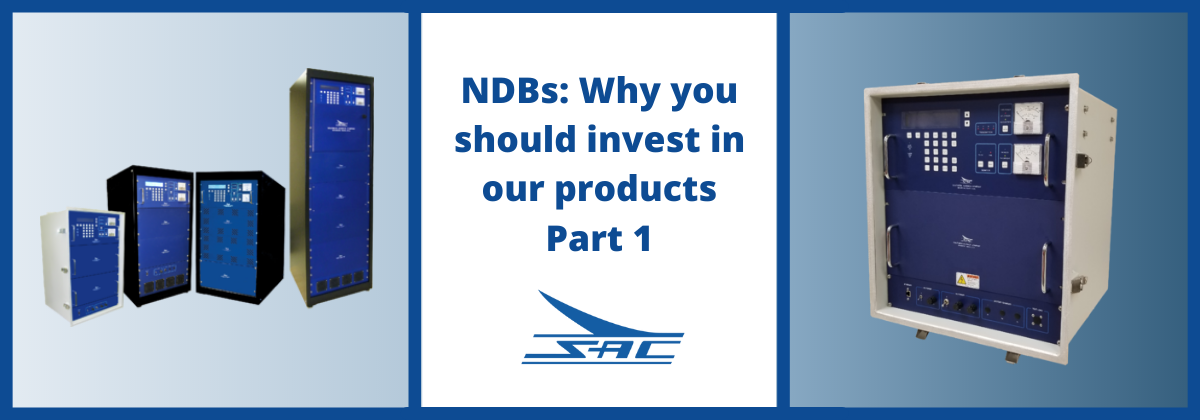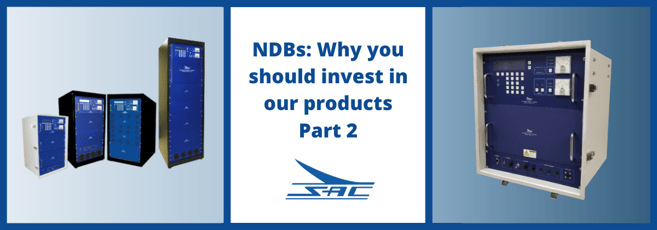NDBs: Why You Should Invest in SAC's Products (Part 2)
Welcome back to Part 2 of this blog on why you should invest in SAC's NDBs and related equipment.

Technology
The technology-based idea for phasing out NDB’s is usually based on an ICAO or U.S. Radio-Navigation Plan concept that desires to replace outdated technology with new technology. In the 1980’s, MLS was going to replace all the ILS in the world. After years of discussion and debate, the plans to standardize on MLS were dropped and ILS remains in widespread use. Another industry standard LORAN, was to be phased out according to similar long range navigation planners and finally was. However, in response to complaints and protest by industry users, LORAN was returned to service and remains in wide use now.
Now there are plans that foresee the reduction and eventual removal of the majority on land-based navaids in favor of GPS/GLONASS/GALILEO. Navigation by satellite is obviously excellent unless those signals are disrupted atmospherically, mechanically or by human intervention. These signals can also be denied or made selectively available by the host country. Because of these possibilities, and all the arguments for GPS as a sole source for data, there has to be a fallback network of conventional navaids in case of an unforeseeable event. Relying on a sole source of navigation invites liability and vulnerability.
Among navigational aids, NDBs are the most affordable long-term solution to both long range and instrument approach applications. They are simple to maintain and normally operate for 20 years or more.
To check out our available NDB's, visit our Products page! Look for Part 2 of this blog later this month!

Welcome back to Part 2 of this blog on why you should invest in SAC's NDBs and related equipment.
Leave a Comment